Benefits of Yasthimadhu, dosage, side effects, and how to use?
What is Yasthimadhu? Unlocking the ancient healing secrets of Yasthimadhu, or Liquorice root, this article delves into the profound benefits of …
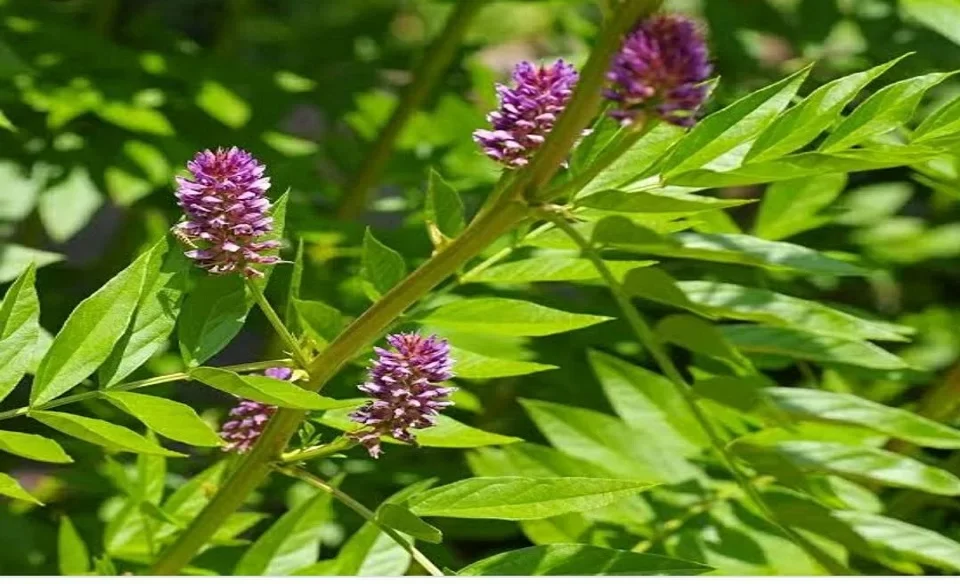
What is Yasthimadhu?
Unlocking the ancient healing secrets of Yasthimadhu, or Liquorice root, this article delves into the profound benefits of Yasthimadhu, an Ayurvedic gem. With roots embedded in Vedic traditions, Yasthimadhu (Glycyrrhiza glabra) emerges as a versatile herbal remedy. Its classification as vitalizing, healing, and complexion-enhancing in Ayurveda reflects its diverse therapeutic properties. Rich in glycyrrhizin and other potent constituents, Yasthimadhu plays a pivotal role in respiratory health, wound healing, and overall well-being. As we explore its multifaceted advantages, the article unveils the timeless wisdom of Ayurveda, promoting natural approaches to health and holistic healing.
Yasthimadhu in Ayurveda
Madhuka or Madhuyaṣṭikä have been known to physicians, since the Vedic period. Atharva Parișița described Madhuka and is considered as Dourbhagyanashana and Garbhabṛmhana. Commentators like Sayana identified it with Yaştimadhu. It was used in the treatment of animal poisons (Jangama viṣa). Madhuyaștika is quoted in the context of “Mülavidhi” (Pa.Gr.1/21).
Brhat Trayi used this herb extensively in therapeutics but Charaka included it in many of his kaṣaya vargas. He also emphasized Benefits of Yasthimadhu as among Rasayana drugs. Quoting Suśruta’s view Chakrapani detailed that “though the root of Yaşțimadhu is considered as the best, for virechana the fruits of two varieties of Yastimadhu shall be used”. Probably it is the reason for mentioning Klitaka under Phalini Varga.
What is Morphology of Yasthimadhu?
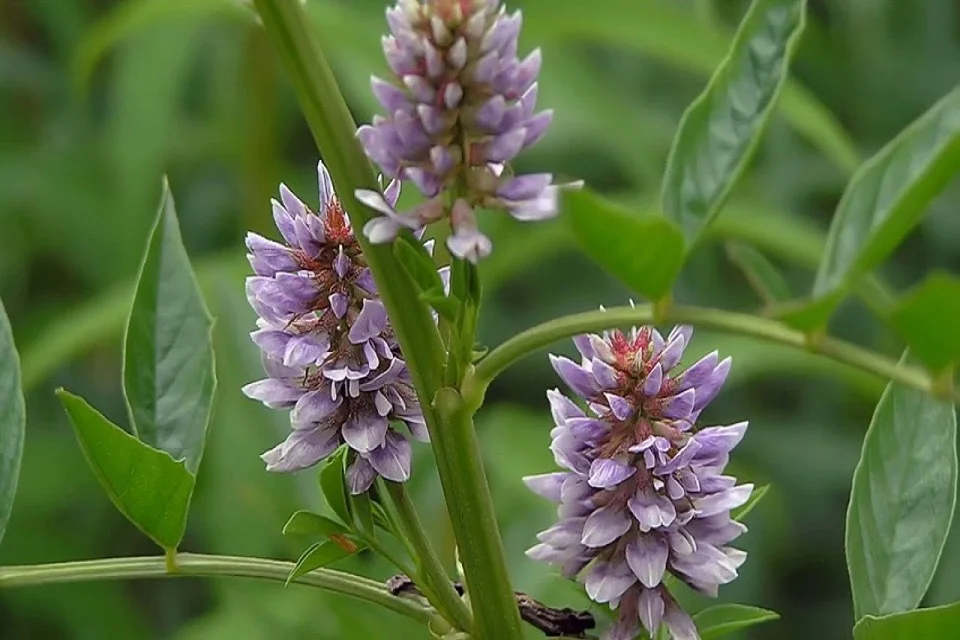
Latin name– Glycyrrhiza glabra Linn, (Fam. Leguminosae)
Glycyrrhiza glabraThe hardy herb or undershrub, reaching a height of 1.8 m, features thick, many-branched roots that are red or lemon-colored outside and yellowish or pale-yellow inside. Its leaves are imparipinnate, with 4-7 pairs of ovate-lanceolate, smooth leaflets. During the flowering phase, the herb exhibits axillary spikes with papilionaceous flowers, displaying shades from lavender to violet. The fruits, occurring in pods, are compressed, containing 2-5 reniform seeds that are flat and deep grey. This botanical marvel flowers in March, with fruiting observed in August. This particular herb, with its distinct characteristics, finds cultivation in regions including Jammu & Kashmir, Punjab, and the sub-Himalayan tracts.
Type of Yasthimadhu
Charaka described two varieties of Yastmadhu.
- Anupa
- Sthalaja
Late Kaviraj Virajacaran Shuklaji explained the former as growing at places that are abundant in water supply while the later may be growing at places devoid of water (less water supply).
Unani Medicine quotes three varieties viz., Egypt (Misariya). Arabic and Turkish. The first variety is considered the best.
Synonyms
Madhuka, Klitaka, Madhuyasti, Mulethi
Classical Categorization
Charak:Jivaniya, Sandhāniya, Varnya, Kanthya, Kandughna. Chardinigrahana, Śōnitasthapana, Mutravirajaniya, Snehopaga, Vamanopaga, Asthapanopaga
Sushruta:Kakolyadi, Sarivadi, Anjanadi
Vaghbhatta:Sarivadi, Anjanadi
Other/Regional Language Names
- English:Liquorice
- Gujarati:Jethimadha, Jethimard, Jethimadh
- Hindi:Mulethi, Mulathi, Muleti, Jethimadhu, Jethimadh
- Kannada:Jestamadu, Madhuka, Jyeshtamadhu, Atimadhura
- Kashmiri:Multhi
- Malayalam:Irattimadhuram
- Marathi:Jesthamadh
- Oriya:Jatimadhu, Jastimadhu
- Punjabi:Jethimadh, Mulathi
- Tamil:Athimadhuram
- Telugu:Atimadhuramu
- Urdu:Mulethi, Asl-us-sus
- Assamese:Jesthimadhu, Yeshtmadhu
- Bengali:Yashtimadhu
Constituents
Glycyrrhizin, glycyrrhizic acid, glycyrrhetinic acid, asparagine, sugars, resin, and starch
Rasa Panchak
- Rasa:Madhura
- Guna:Guru, Snigdha
- Virya:Shita
- Vipaka:Madhura
- Karma:Vatapittajit, Raktprasadana, Balya, Varnya, Vrishya, Chaksushya
References in Ayurvedic texts
मधुकं चक्षुष्यवृष्यकेश्यकण्ठ्यवर्ण्यविरजनयरोपणीयानाम्।
(चरक सू० ; 25/40)
मधुयष्टी च यष्टी च यष्टीमधु मधुस्रवा ।
यष्टीकं मधुकं चैव यष्ट्याह वं मधुयष्टिका ॥
मधुयष्टी स्वादुरसा शीता पित्तविनाशिनी ।
वृष्या शोषक्षयहरा विषच्छर्दिविनाशिनी ॥
(ध० नि०, गुड़च्यादिवर्ग; 138-139)
यष्टी हिमा गुरुः स्वाद्वी चक्षुष्या बलवर्णकृत् ।
सुस्निग्धा शुक्रला केश्या स्वर्या पित्तानिलास्त्रजित।
व्रणशोथविषच्छेद तृष्णाग्लानिक्षयापहा ॥
(भा० प्र०, हरीतक्यादि वर्ग; 146)
Kai.Ni 101-104
Raj Ni. 144-45
Madanadi. Ni. 3-4
What are Benefits of Yasthimadhu?
- Kasa
- Kshaya
- Vatarakta
- Svarbheda
- Vrana
What is the use of Yasthimadhu in texts?
- Bhagandara- The wound should be applied with Madhuka taila (S.S.Ci.8).
- Arthāvabhedaka- Yaştimadhu is mixed with honey and used as Avapidana nasya (S.S.Ut.26).
- Hṛdroga- Paste of Yastimadhu and Kaṭukī should be given with sitajala (sugar-water)- (C.S.Ci.26).
How much is Dose?
2-4 g of the drug in powder form
What are the Useful Part
Mula (Root)
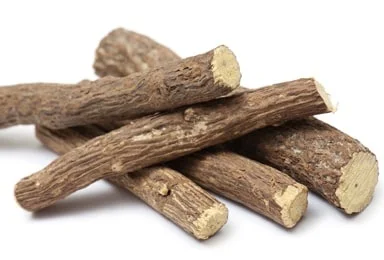
What are the side effects of Yathimadhu?
- Excessive liquorice consumption on lowering potassium levels in the blood
- Increasing blood pressure
- Consuming large amounts of liquorice during pregnancy has been associated with premature birth
- Side effects are of taking the drug in high doses, under the guidance of qualified vaidya, or in appropriate doses it is safe to consume.
Additional information
List of formulations
- Yashthimadhu churna
- Eladi Gutika
- Šata paka Madhuka taila
- Madhuyaṣṭyādi taila
- Yaşṭyadi churna
- Yasthimadhu Ghrita
Morphology – Gulma
Research
- Protective effect of Yashtimadhu (Glycyrrhiza glabra) against side effects of radiation/chemotherapy in head and neck malignancies
- Yasthimadhu ghrita in Parikartika(Fissure in Ano)
- Glycyrrhizin showed anti-arthritic and anti-inflammatory effects on formaldehyde-induced rat-paw edema in adrenalectomized rats. It was found to potentiate the anti-arthritic action of hydrocortisone in rats (Gujral et al., 1961a).
- The anti-inflammatory activity of glycyrretic acid and its diacetate was similar to that of hydrocortisone on formalin-induced arthritis in albino rats (Tangri et al., 1964).
- Glycyrrhetic acid protected guineapig against bronchospasm induced by histamine or 5-HT. It significantly lowered plasma corticosterone concentration although adrenal weight remained unaltered. (Tangri et al., 1968).
- The oral administration of powdered root in 5 cases of pemphigus, who had been kept free from the bullae with prednisolone, could considerably reduce the dose of prednisolone without the reappearance of the lesions ( Saxena et al; 1965a).
- The anti-inflammatory response of G. glabra was found to be equivalent to that of oxyphenbutazone. It appeared to possess a more potent antipyretic and anti-exudative activity in comparison to oxyphenbutazone ( Saxema et al; 1970).
- Glyayrrhizin showed a significant antidiuretic effect in rats and rabbits on oral and parenteral administration (Gujral et al; 1961 c).
- Glycyrrhetinic acid drops were found to be of definite therapeutic value on 32 cases of allergic conjunctivitis both in acute and chronic cases ( Saxena et al; 1965 b).
- Glycyrrhetic acid showed an antipyretic activity similar to that of sodium salicylate on the rectal temperature of normal and pyretic rats (Saxena & Bhalla, 1968).
Conclusion
In conclusion, Yasthimadhu, or Liquorice root, emerges as a potent healer deeply rooted in Ayurvedic traditions. The diverse benefits of Yasthimadhu, ranging from respiratory health to wound healing, underscore its significance in holistic well-being. The meticulous exploration of its morphology, types, synonyms, constituents, and applications reveals a herb that seamlessly integrates into various formulations. However, it is crucial to approach its usage with caution, considering potential side effects such as potassium level fluctuations and blood pressure issues. Yasthimadhu stands as a testament to the profound wisdom encoded in Ayurveda, offering a natural and multifaceted approach to health and healing.
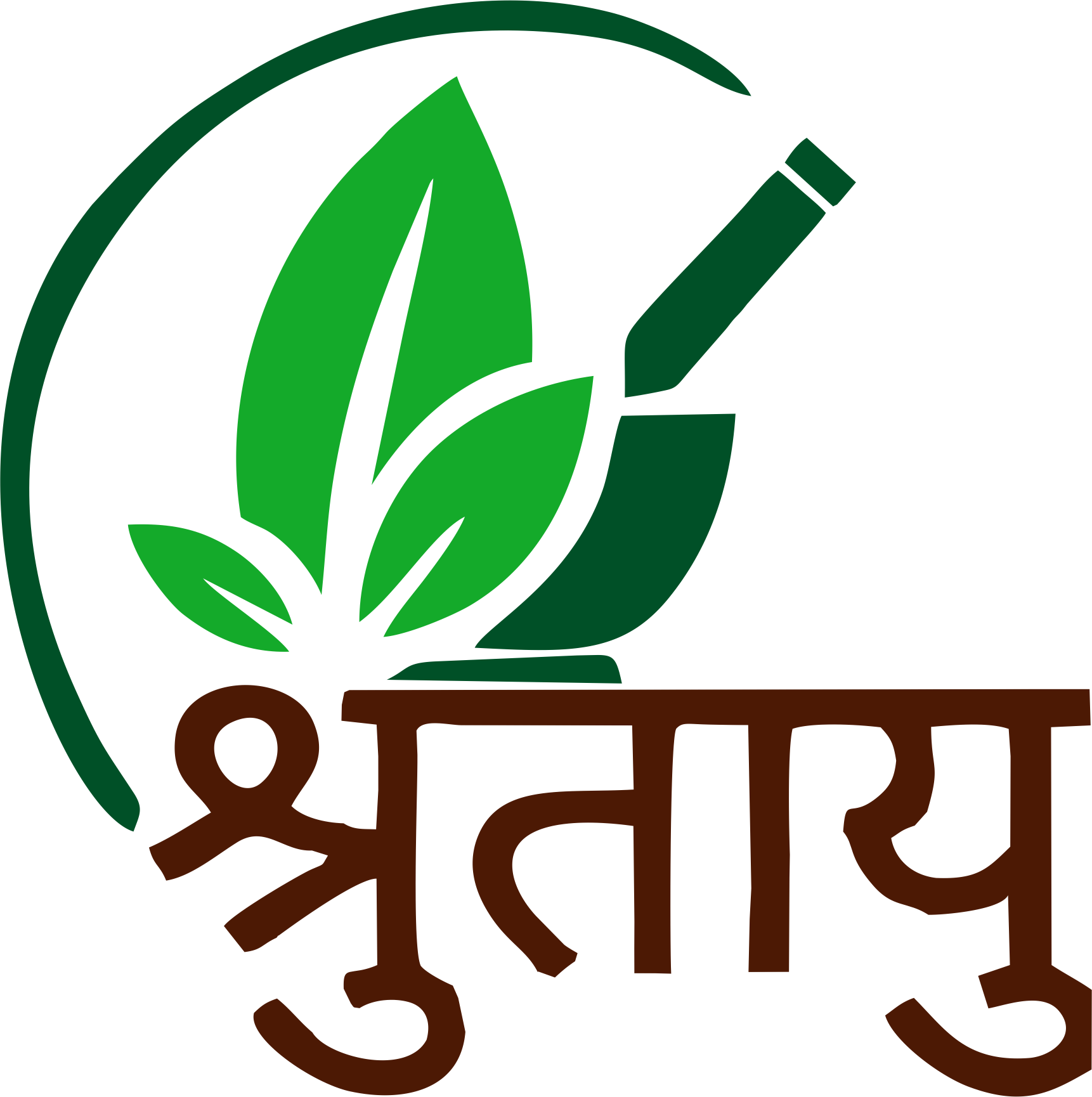
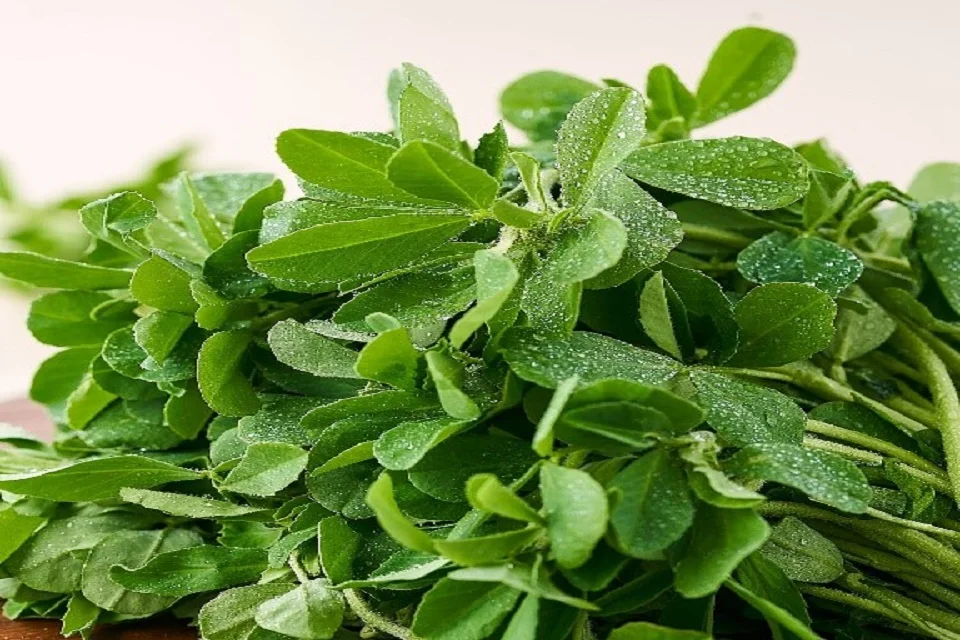


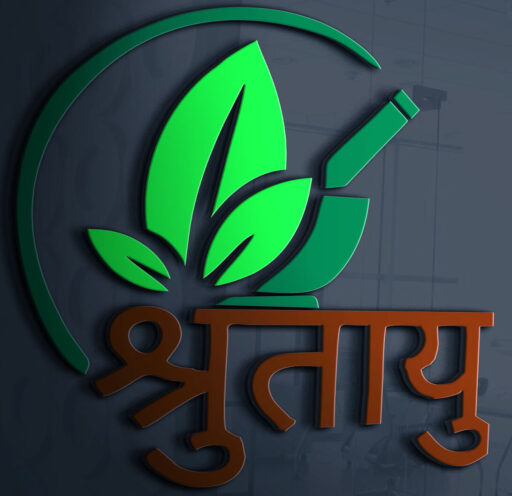

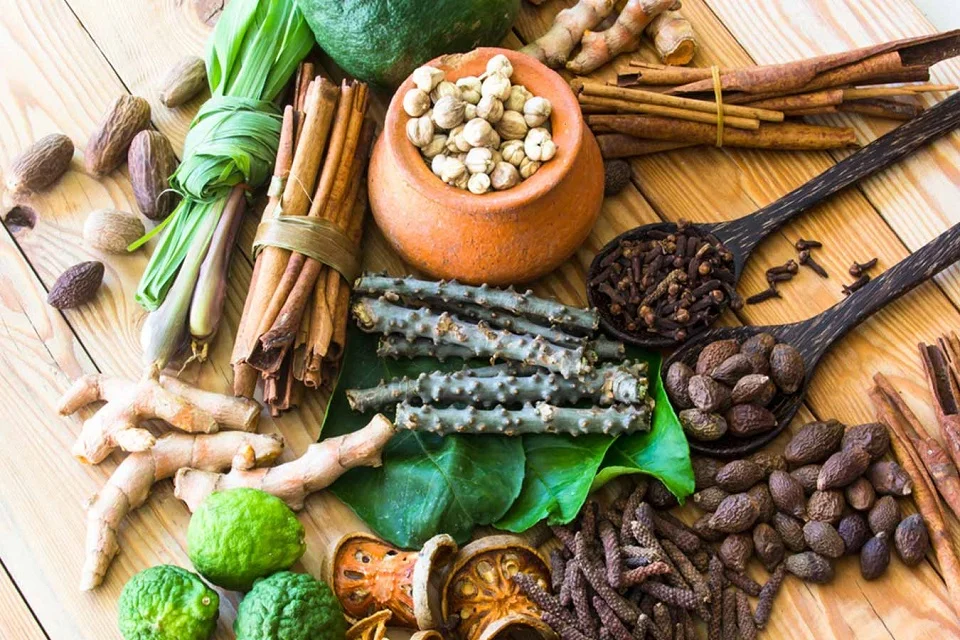
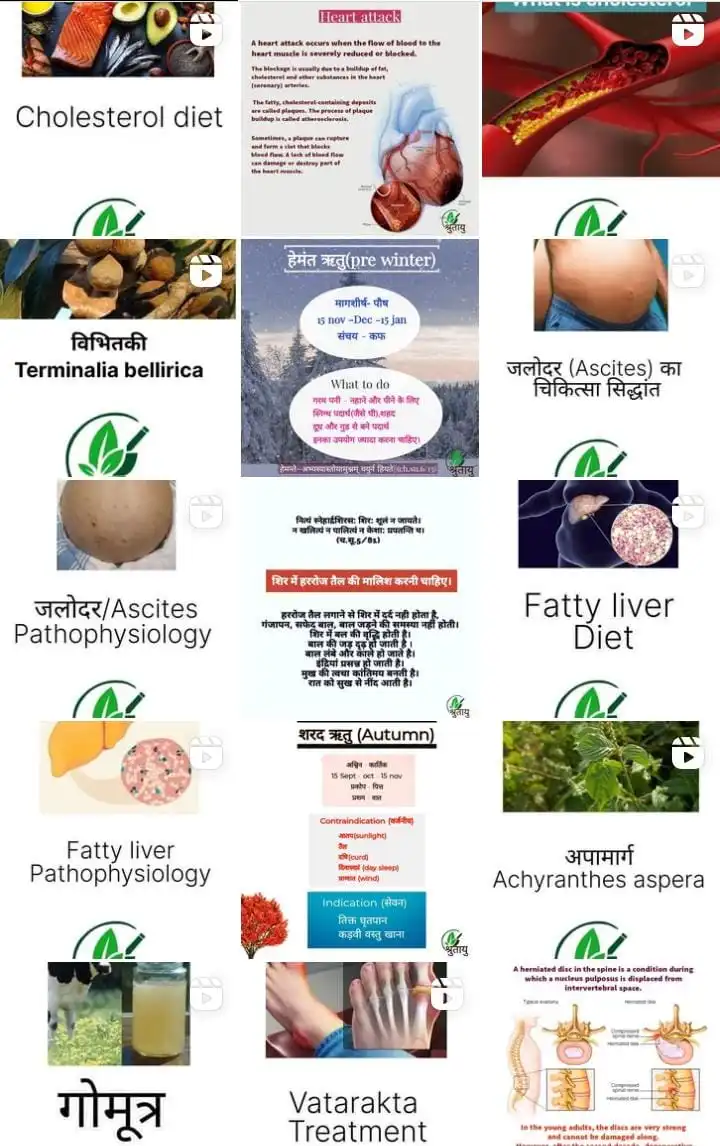
Got Something To Say